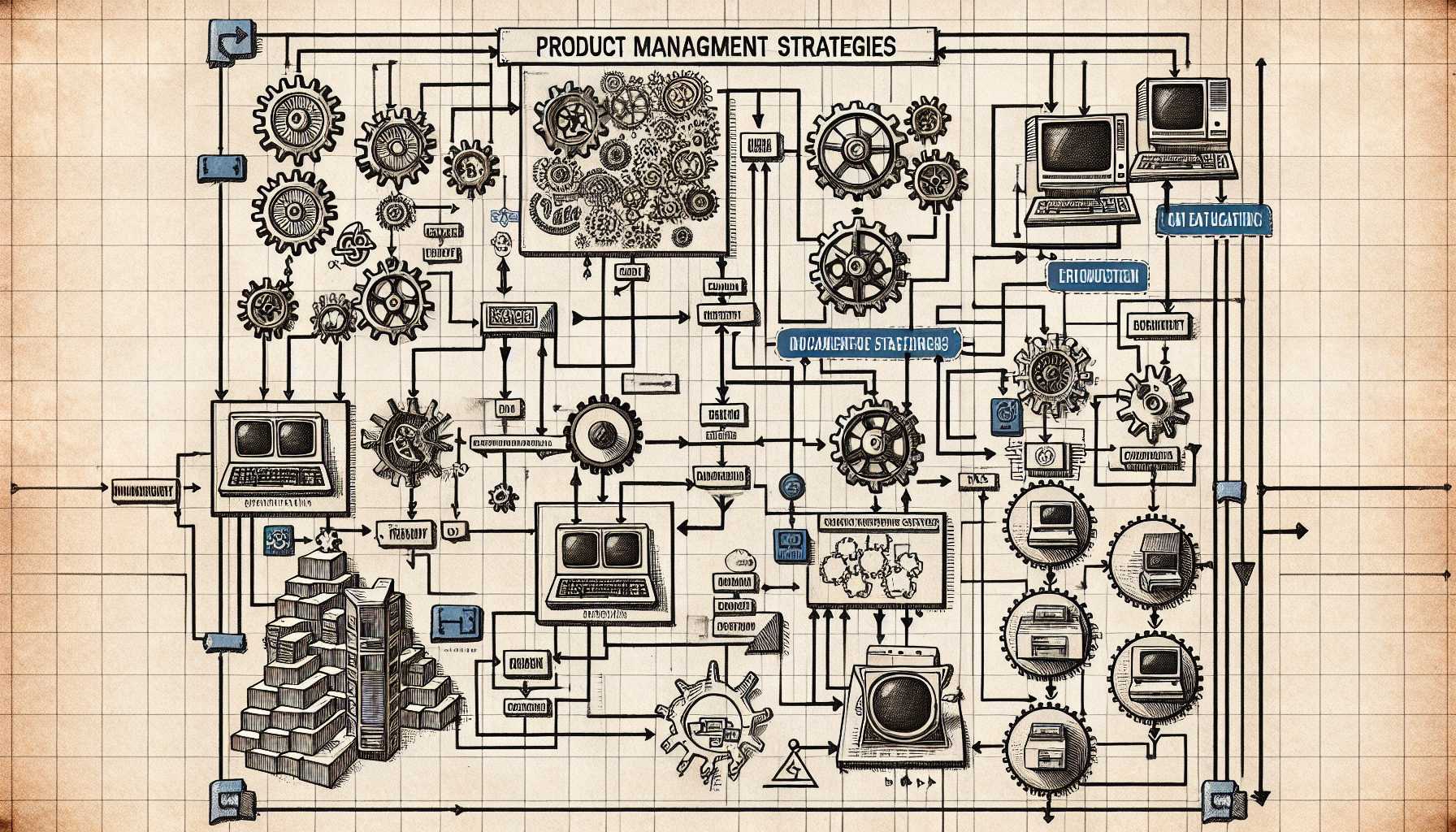Welcome back, seasoned product managers. Today, I delve into a subject close to my heart and often a source of sleepless nights: the challenges of managing legacy products in the technological realm. Legacy products are those systems and software that have been foundational to a business’s operations but have become outdated in terms of technology, usability, or relevance. I’ve spent a significant part of my career steering these ‘technological ships of Theseus,’ and I’m eager to share my insights and experiences.

Understanding the Paradox
The ‘Ship of Theseus’ paradox aptly describes the situation many product managers find themselves in with legacy products. Just as the ship was gradually restored plank by plank, legacy products undergo continual updates, yet the fundamental question remains: at what point does the product cease to be what it once was?
The Challenges of Evolution
The product landscape is constantly evolving, and what was once cutting-edge can quickly become outdated. Managing this transition poses several significant challenges:
Technical Debt Accumulation
Over the years, I’ve seen how adding new features, fixing bugs, and maintaining system operations without a clear codebase improvement strategy lead to an unwieldy accumulation of technical debt. Like financial debt, the longer it goes unaddressed, the more complex and expensive it becomes to resolve.
Resource Allocation
Maintaining old products requires a delicate balance of resource allocation. In one instance, to keep a critical legacy system running for a large client base, I had to devote a sizable portion of my team’s effort and budget, which invariably led to compromises on innovation for new products.
Innovating Without Breaking Things
Through painful experience, I learned that innovating on top of a legacy system can be as challenging as performing open-heart surgery on a marathon runner mid-race. Once, during an attempt to modernize a core feature, we faced significant downtime that affected thousands of users—a harsh reminder of the vulnerability of these systems.
Integration and Interoperability Issues
Legacy products often struggle to communicate with newer systems and services. I once spearheaded an integration project between an old ERP system and a modern CRM platform. The disparities in data models and APIs led to a multi-month project that was supposed to take just weeks.
User Resistance to Change
We might agree with Heraclitus that “change is the only constant,” yet users of legacy products often resist it. Reeducating a user base accustomed to a certain workflow can be a daunting task, requiring thoughtful communication and support strategies.
Strategies for Managing Legacy Products
In light of these challenges, I’ve found a few strategies to be effective:
Embracing Incremental Improvement
Incremental modernization: Tackling one small improvement at a time can compound into significant benefits over time, minimizing disruption and allowing more careful planning and execution.
Investing in Technical Excellence
Refactoring: Rigorous refactoring can help mitigate technical debt and make the codebase more adaptable to new requirements. This should be a regular part of the development cycle.
Understanding User Journeys
User engagement: Engaging with your users to understand their pain points and resistance to change is crucial. In my past projects, early user involvement helped shape the direction of product updates and resulted in smoother transition processes.
Fostering a Culture of Innovation
Encourage a forward-thinking mindset: Promoting a culture that recognizes the importance of staying up-to-date and embracing new technologies is critical in motivating teams to work on legacy products with enthusiasm.
Strategic Decision-Making
Sunken cost fallacy awareness: Sometimes, the best solution is to sunset a legacy product. An awareness of the sunken cost fallacy helped me make tough decisions when it was more feasible to build anew rather than renovate the old.
Conclusion and Reflection
Managing legacy products is a complex and nuanced task, laden with technical, strategic, and human challenges. However, it is also an opportunity for growth and learning, a crucible in which many product managers have honed their skills. Learning to navigate these waters with grace, patience, and strategic foresight is a profound professional journey.
Thank you for joining me in retrospect. Indeed, every legacy product has its own story, and I believe the tales we weave as product managers resonate beyond lines of code and user manuals—they speak of our resilience and our capacity to innovate amidst constraints.
